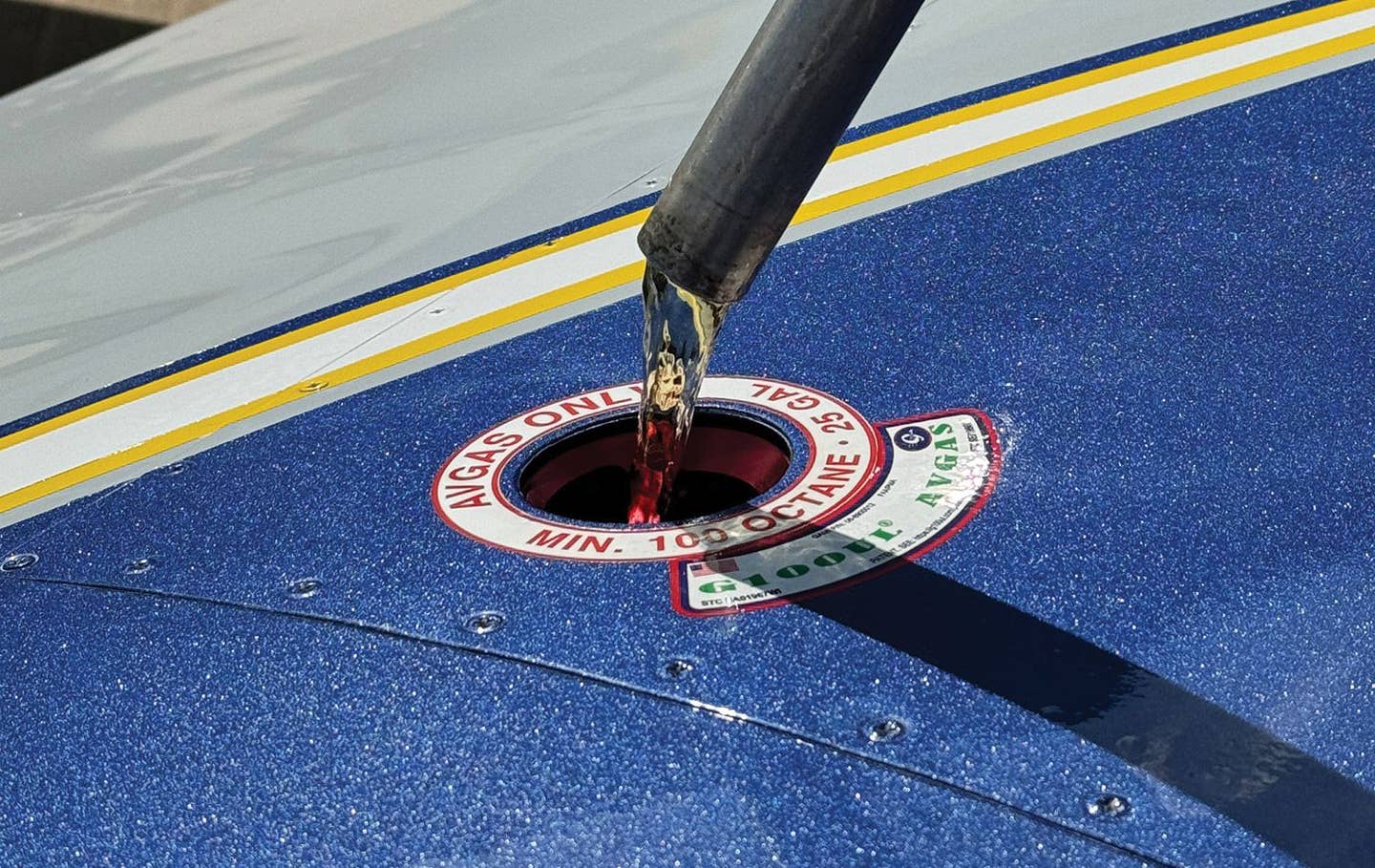Environmental Group Says California FBOs Will Be Able To Continue Selling 100LL
The lawyer for a California environmental group says a court settlement that will mandate the sale of G100UL avgas will not necessarily prevent FBOs from also selling 100LL. Mark Todzo,…

The lawyer for a California environmental group says a court settlement that will mandate the sale of G100UL avgas will not necessarily prevent FBOs from also selling 100LL. Mark Todzo, who represents the Center for Environmental Health, clarified part of his December 2023 letter to FBOs and fuel distributors informing of the imminent commercial availability of G100UL. In that letter Todzo said G100UL "can and should serve as a lower lead replacement for the 100LL fuel you are presently distributing" but told AVweb the agreement does not expressly stop fuel businesses from selling 100LL also. "They just need to make [G100UL] available for sale."
George Braly, whose company General Aviation Modifications Inc. developed the unleaded fuel, is also a lawyer and said his reading of the consent agreement is that it compels the businesses and distributors to sell the fuel with the lowest lead content available. He said it says nothing about them being able to sell anything else. Regardless of the legal semantics, Braly said practical considerations will exclude 100LL from most airports in the state. He said the vast majority of fuel sellers have only one gasoline tank and pump. Adding a second tank will cost between $800,000 and $1.5 million, and getting all the permits and approvals will take up to three years. Vitol Aviation, which is making the fuel under license, intends to have it commercially available to California distributors and sellers in the first half of this year.






